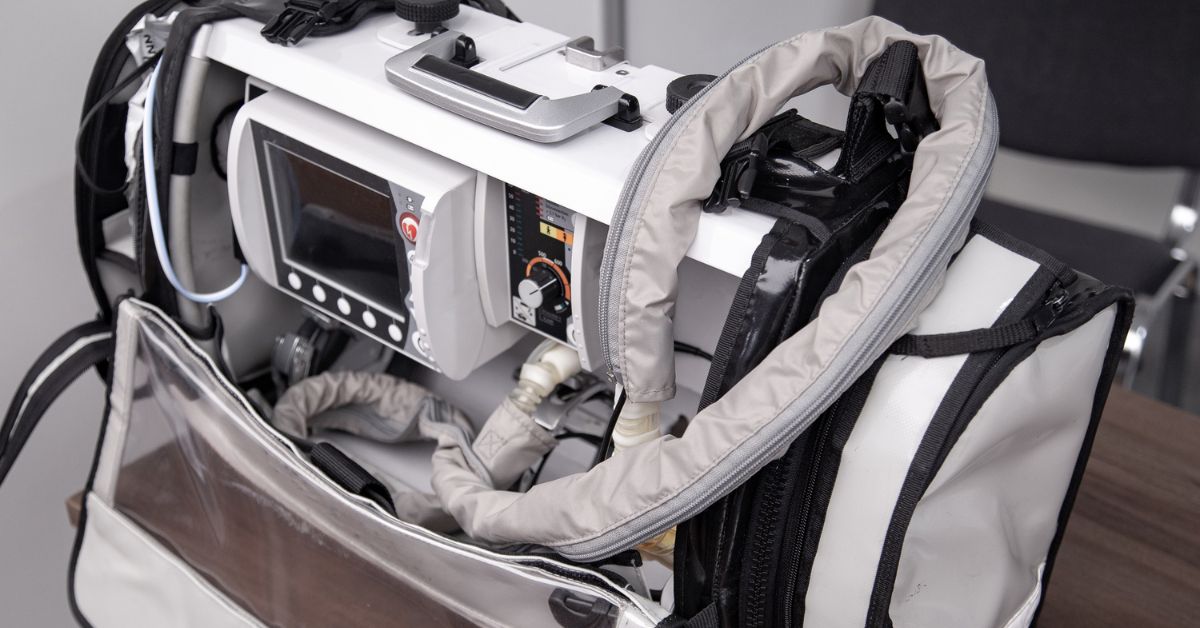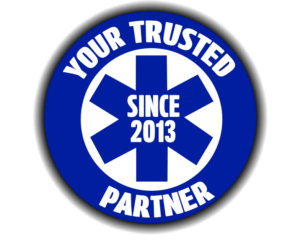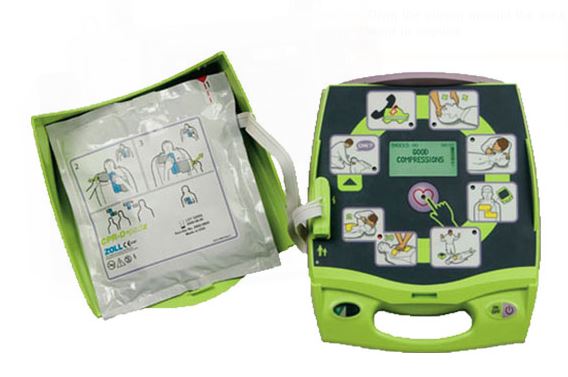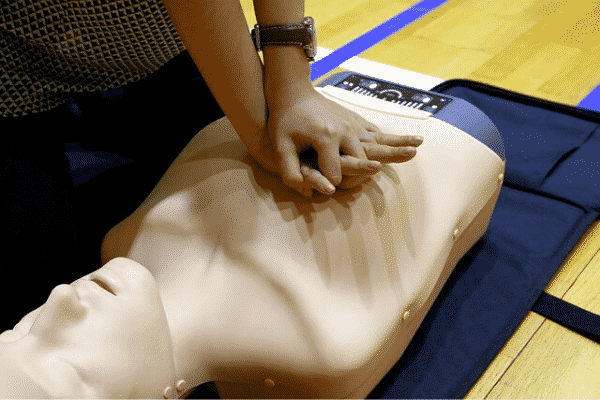
A Comprehensive Guide to Portable Ventilators for First Responders
Emergency medical services (EMS) teams operate in high-stress environments where quick decisions and precise actions can mean the difference between life and death. For patients in respiratory distress, portable ventilators have become indispensable tools, allowing EMTs and paramedics to provide consistent and reliable breathing support in the field. These compact devices have transformed emergency care, packing impressive capabilities into lightweight designs ideal for use in ambulances and other pre-hospital settings.
What Are Portable Ventilators?
Portable ventilators are compact, lightweight devices designed to provide respiratory support to patients who need assistance breathing. Unlike traditional ventilators, which are typically large and stationary, portable ventilators are built for mobility, making them ideal for use in ambulances, helicopters, and remote locations. These devices ensure that patients receive necessary oxygen levels and ventilation support, regardless of location.
How Do They Work?
Portable ventilators function by delivering positive pressure to pump fresh air into the patient’s airway. They can be hand-operated or machine-driven, with more advanced models featuring automatic sensors and settings to control and monitor airflow to the lungs.
These devices typically use a high-pressure gas supply or an internal battery-powered turbine to generate the necessary airflow. Most modern portable ventilators incorporate microprocessor-controlled systems that respond to feedback from sensors in the breathing circuit.
Types of Portable Ventilators
There are several types of portable ventilators available for first responders:
- Gas-powered ventilators: These devices, like the ventiPAC, use a high-pressure gas supply to drive a mechanical oscillator that controls the respiratory cycle.
- Microprocessor-controlled ventilators: More advanced models, such as the Oxylog 3000 and LTV-1000, offer a range of ventilation modes and can adapt to changes in lung mechanics or circuit leaks.
- Turbine-driven ventilators: Turbine-driven portable ventilators use built-in battery-powered systems to pressurize air. This design eliminates the need for external gas cylinders.
Coast Biomedical Equipment offers a range of portable ventilators to suit different emergency response needs.
How They Help First Responders
Portable ventilators significantly enhance the capabilities of first responders in several ways:
- Consistent ventilation: They provide more reliable and consistent ventilation compared to manual bag-valve-mask techniques.
- Adaptability: Advanced models offer various ventilation modes, allowing responders to tailor respiratory support to each patient’s specific needs.
- Monitoring capabilities: Many portable ventilators include built-in monitoring systems for parameters like end-tidal CO2.
- Improved patient outcomes: The use of portable ventilators can help reduce transport-related adverse events and improve patient stability during transfer to definitive care.
Coast Biomedical Equipment: Empowering First Responders
Coast Biomedical Equipment stands ready to support EMS teams with the latest in portable ventilator technology. Our expert team can guide you through selecting the right equipment for your specific needs, ensuring you’re prepared for any respiratory emergency. Contact Coast Biomedical Equipment today to explore our range of portable ventilators and take your emergency response capabilities to the next level.





